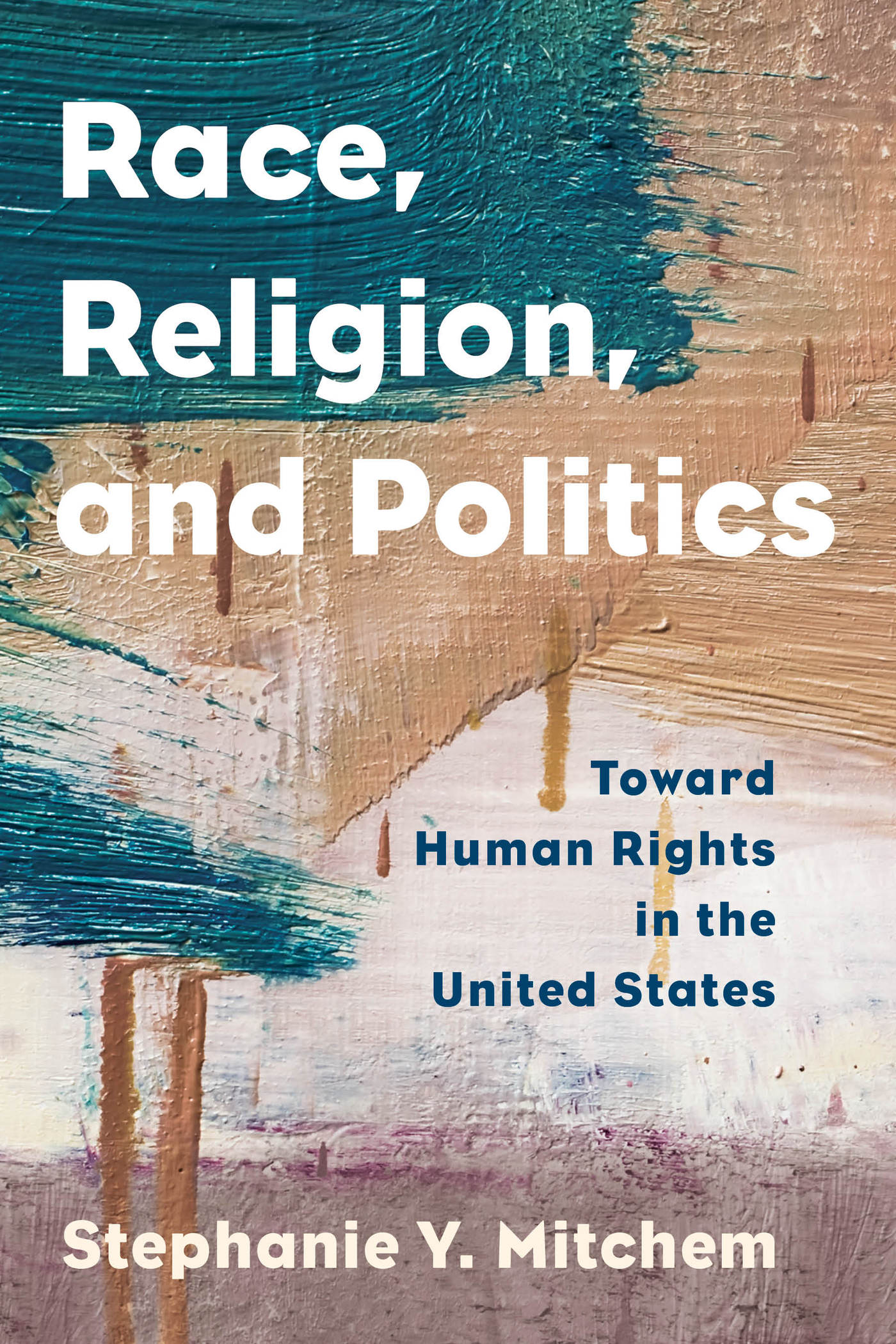Race, Religion, and Politics
Toward Human Rights
in the United States
Stephanie Y. Mitchem
University of South Carolina
ROWMAN & LITTLEFIELD
Lanham Boulder New York London
Executive Editor: Rolf Janke
Editorial Assistant: Courtney Packard
Marketing Manager: Kim Lyons
Credits and acknowledgments for material borrowed from other sources, and reproduced with permission, appear on the appropriate page within the text.
Published by Rowman & Littlefield
An imprint of The Rowman & Littlefield Publishing Group, Inc.
4501 Forbes Boulevard, Suite 200, Lanham, Maryland 20706
https://rowman.com
Unit A, Whitacre Mews, 26-34 Stannary Street, London SE11 4AB,
United Kingdom
Copyright 2019 by The Rowman & Littlefield Publishing Group, Inc.
All rights reserved. No part of this book may be reproduced in any form or by any electronic or mechanical means, including information storage and retrieval systems, without written permission from the publisher, except by a reviewer who may quote passages in a review.
British Library Cataloguing in Publication Information Available
Library of Congress Cataloging-in-Publication Data Available
ISBN 978-1-5381-0794-2 (cloth : alk. paper)
ISBN 978-1-5381-0795-9 (pbk. : alk. paper)
ISBN 978-1-5381-0796-6 (electronic)
 TM The paper used in this publication meets the minimum requirements of American National Standard for Information Sciences Permanence of Paper for Printed Library Materials, ANSI/NISO Z39.48-1992.
TM The paper used in this publication meets the minimum requirements of American National Standard for Information Sciences Permanence of Paper for Printed Library Materials, ANSI/NISO Z39.48-1992.
Printed in the United States of America
Acknowledgments
Crossing the sacred terrains of multiple races and ethnicities in the United States is a journey inspired by the times in which we live but informed by many across the country. With gratitude, I thank the many conversation partners who listened to my ideas, challenged my perceptions, and shared their wisdom with me: Andrea Smith, Brett Esaki, Christie Otter, Ernie Otter, Barbra Fitzgerald, Miguel De La Torre, Stephen Criswell, Ify Bamgbl, Christopher Judge, Brent Burgin, and Adam Biggs. I also thank the editors, especially Kwok Pui-Lan and Sarah Stanton, for their clear-eyed vision.
Introduction
Naming the Race, Politics, and Religion Intersection
The 2016 presidential election, and the months following, exposed the fantasy that the United States is postracial. As a report from the Southern Poverty Law Center stated: Right-wing populism, driven in part by... conspiracy theories and bigoted thinking,... has become the answer for many Americans.... Populism is the idea... that pits a virtuous and homogenous people against a set of elites and dangerous others who are depicted as depriving the sovereign people of their prosperity and rights.
The election further verified for me the inability of many churches to promote justice, particularly in the face of popularly held beliefs about religion. This election cycle confirmed my simmering belief that race, politics, and religion form an intersection, an interwoven, embedded power matrix. That intersectionrace, politics, and religionis the first focus of this book. The second is that of human rights in the United States, and I will return to that shortly.
The election and its ongoing aftermath are instructive and will be analyzed repeatedly over the next years. Identifying and analyzing the nexus of race, politics, and religion expand beyond an early twenty-first-century political season. The rise of white nationalism and all forms of nativism give evidence of this expansion. Whether through quarrels about affirmative action or voting suppression, through acts of domestic terrorism or the persistence of macroaggressions, white racism seems to be infused into our twenty-first-century political system. I will argue that such events are not unconnected but fit in the frame of a larger, social, intersectional construction that supports and maintains oppressions.
As I write, the image that keeps coming to me is kudzu, also known as the plant that ate the South. Kudzu was brought to the United States in the late nineteenth century from Japan. Despite the good agricultural intentions for its import, the South does not have a severe enough winter to kill off kudzu. So, the plant has spread, becoming an invasive pest that can destroy crops and forests. Like kudzu, concepts of race, imported with and fed by British and European colonizers, invaded the religion and politics of the growing nations consciousness. The resultant racism has become a homegrown invasion that gets exported to other countries by the United States.
I will occasionally draw examples from contemporary American experiences, but seek a broader perspective throughout this book. Analyzing how the systemic construction of the race-religion-politics intersection works will be complex: the normalizing of oppression is itself a way to obfuscate the issues, to redirect attention, blame victims, and step into plausible deniability.
I view the intertwined practices and concepts of race, politics, and religion as a nexus, creating an intersectional construction. The importance of understanding this as a construction is to be able to name the power it wields in society. How might a religion justify unjust treatment of one group of people? Or does a religious group ignore injustice, pretending it does not exist? How do religions utilize lobbying groups in the United States to define legislative agendas and resultant policies? Does naming its location begin to unravel the interwoven race-politics-religion intersection? Why is race a constant in our communal conflicts?
There are parallel constructions for understanding race, politics, and religion operating as intersectional systems. In the 1970s and 1980s, some American legal scholars who identified as critical race theorists concerned themselves with the marginality of racial analysis within judicial opinions and legal doctrine. In doing so, the idea of objective, impartial American justice is set aside in order to more fully understand actual operations of legal systems. It could be said that the current Black Lives Matter movement is a continuation of such analysis, brought into a lay or public frame wherein the encounters of black people with the law enforcement side of the legal system are highlighted.
Around the same time period as the development of critical race theory, black women began to bring a new frame of analysis to bear on the ideas of feminism. Not just gender, but also race and social class needed to be understood as operating in American social systems. Angela Y. Davis fine-tuned the discussion with her 1981 text, Women, Race and Class. Hers was just one of several books by African American women capturing race with gender with class as constructive, interconnected concepts.analytical frame for feminist studies. Both conceptual frameworks have developed over the years, with new dimensions added to each.
In the twenty-first century, as indicated by the 2016 election cycle, it has become clear that the interweaving among religion, politics, and race is just as powerful a system in the United States as the connections among race, class, and gender. Critical race theory and race-class-gender intersectionality provide models to enter the race, politics, and religion intersection. Both analytical frames shine a light on myriad systemic interconnections that work to privilege those in power in distinctly American ways. Yet, parsing the interconnections to identify where individual components enter may be difficult because the intersections do not work mechanistically. The major work of this book is to point to how and where the race-politics-religion intersection operates and how components fall together. The aim of such exploration here is not just to study, but also to rethink how we in the United States door do notpromote human rights.

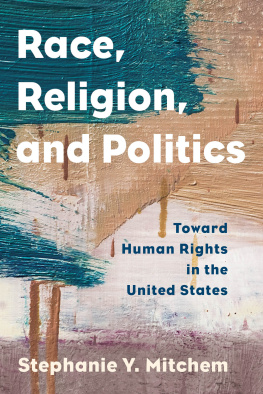

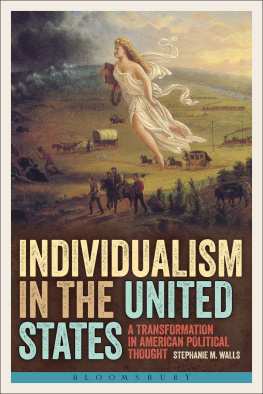
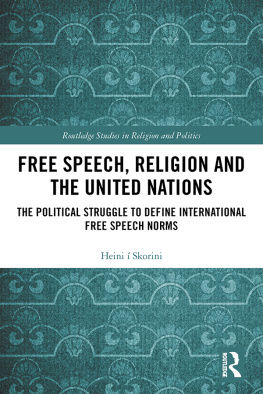
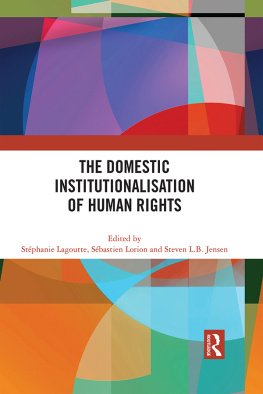

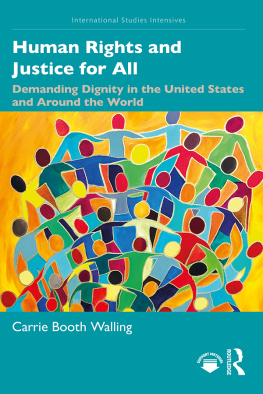
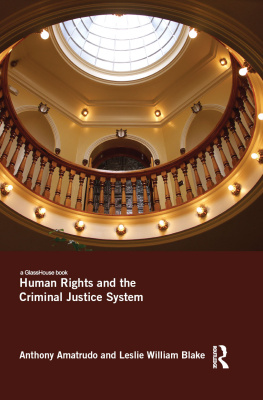
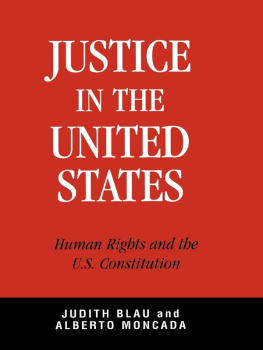
 TM The paper used in this publication meets the minimum requirements of American National Standard for Information Sciences Permanence of Paper for Printed Library Materials, ANSI/NISO Z39.48-1992.
TM The paper used in this publication meets the minimum requirements of American National Standard for Information Sciences Permanence of Paper for Printed Library Materials, ANSI/NISO Z39.48-1992.